Develop Your Talent Acquisition Strategy With 6 Practical Examples
Analytics in HR
JULY 31, 2023
Recently, 69% of companies reported talent shortages (a 15-year high), and it’s estimated that 97 million jobs will be created within the next three years, so having a solid talent acquisition strategy is more important than ever. Contents What is a talent acquisition strategy?

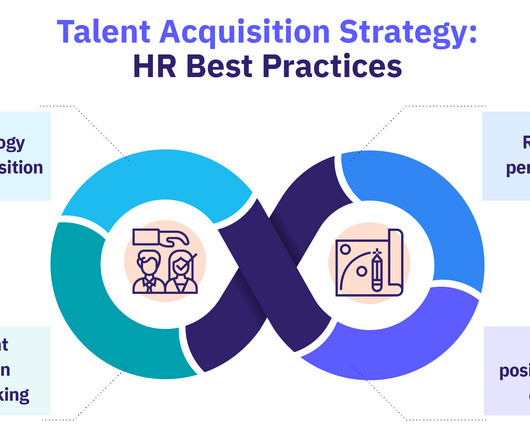




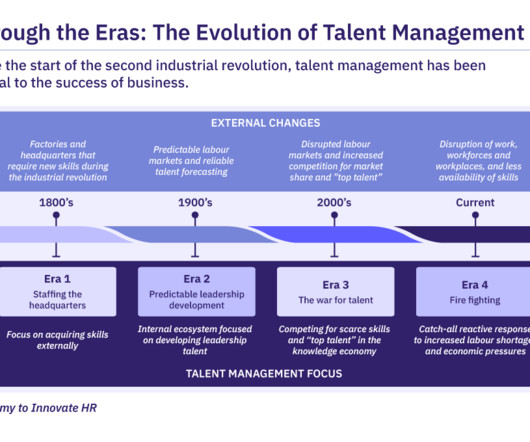
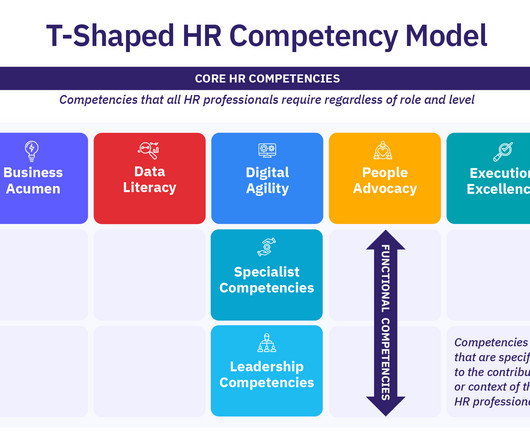

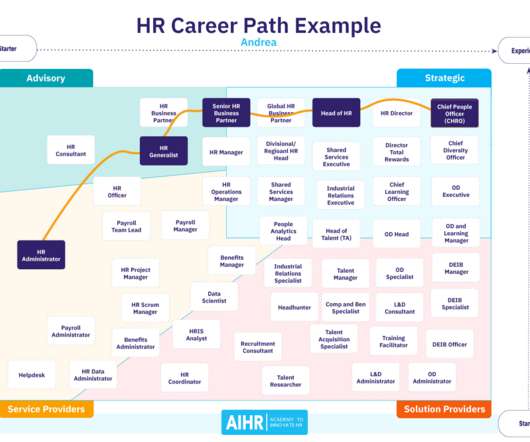

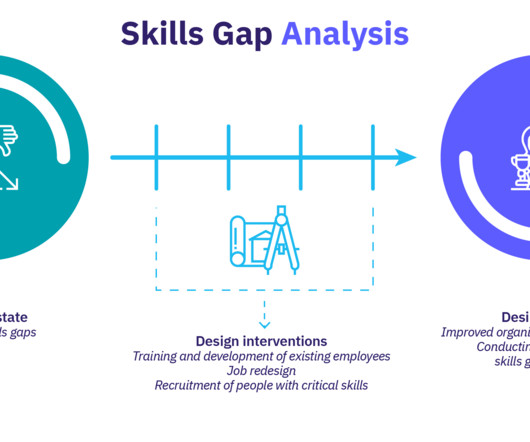
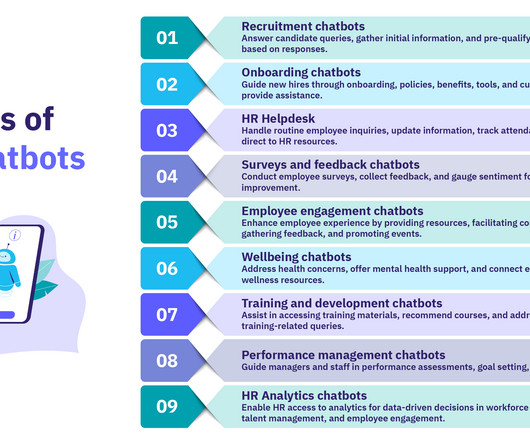











Let's personalize your content